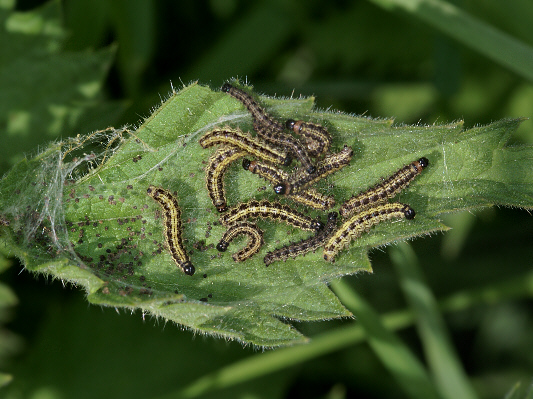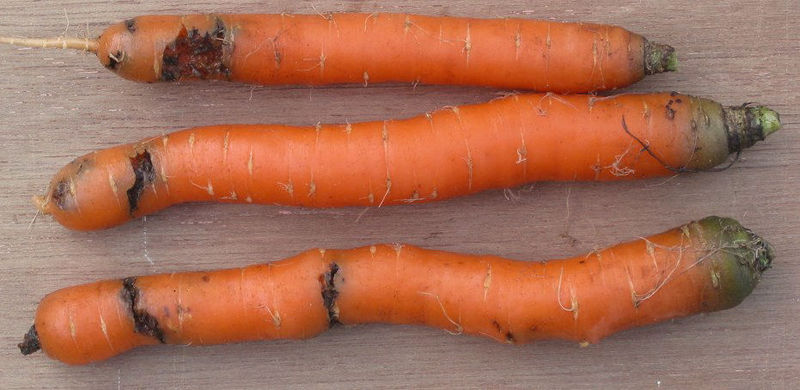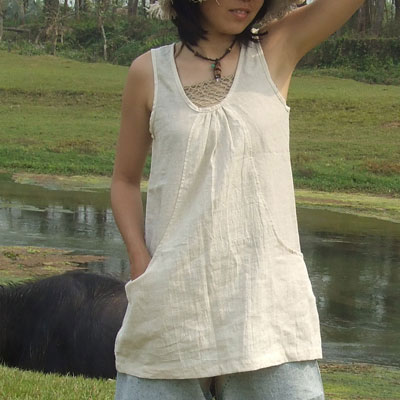Caterpillars, Cows, Carrots and...Nettles?
Female Aglais urticae (small tortoiseshell butterflies) often lay their eggs on the undersides of stinging nettle leaves. Once the eggs hatch, the larvae feed on the the leaves of the plant. Often many of these organisms will hatch at once and devour entire leaves. This is a predatory interaction in which the stinging nettle plant is the prey.
Urtica dioica plants are sometimes used to feed farm animals such as Bos taurus (domestic cow) and Equus caballus (domestic horse). Although the animals will not eat the plants when they are living, after the nettles are cut and dried they are a great fodder. Despite the fibrous stem of the plants, this food source is also easily digested by pigs, rabbits and poultry. The nettle's nutritional value rivals that of clover, a popular food for livestock. Medicago sativa (alfalfa) is also used to feed farm animals.
The green pigments of the Urtica dioica, which reside within the photosynthetic chloroplasts of the plant, have also been used as a traditional dye.
Stinging nettles have many medicinal uses and can be eaten as a nutritious wild green.
If you think these uses of stinging nettles are cool, how would you like to serve them for dinner?



